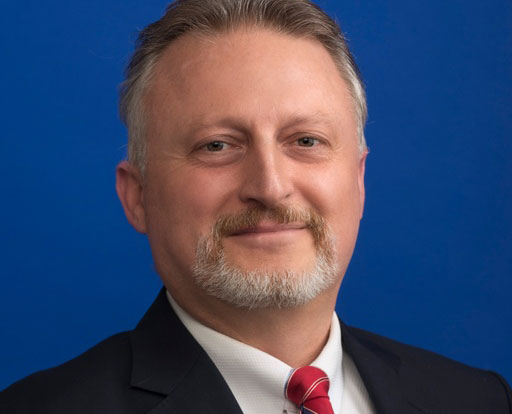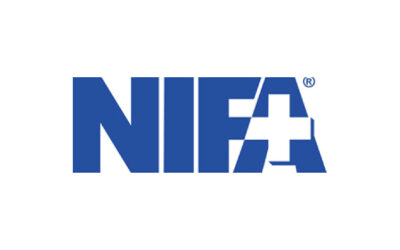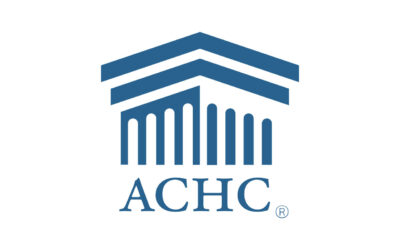By John F. Di Capua, MD
 Albert Einstein said, “In the middle of difficulty, lies opportunity.” The pandemic has given us proof of concept, inspiring the health care community to respond with remarkable, boundary-breaking invention. Let us now advance that can-do spirit and the lessons we’ve learned to propel better practices in medicine and promote patient safety.
Albert Einstein said, “In the middle of difficulty, lies opportunity.” The pandemic has given us proof of concept, inspiring the health care community to respond with remarkable, boundary-breaking invention. Let us now advance that can-do spirit and the lessons we’ve learned to propel better practices in medicine and promote patient safety.
Health care professionals are innately caregivers, tending to patients in good times and bad. Yet despite their practiced resiliency, the microbiological attack that caught the world unprepared took a tremendous toll on even the most seasoned medical personnel and hospital administrators.
Any discussion of health care delivery from this moment forward compels us to pause and reflect on a year of stress, sacrifice and extraordinary accomplishments. In hospitals across the country, heroic clinicians worked tirelessly amidst dire circumstances. Every new challenge was an opportunity to think differently. We turned snorkel masks into PPE and flew ventilators across the country. Some colleagues mobilized to serve wherever the need was greatest. For many, and for health care overall, the experience was transformative in unexpected ways. The lessons we learned through the COVID-19 crisis came at a staggering cost. We now have a collective responsibility to maintain the creative mindset that carried us through and apply what we now know we can do to promote safer patient care and help hospitals serve their communities.
At our organization, where anesthesia clinicians pivoted to join critical care teams, we looked for the silver linings in the pandemic’s dark storm. The most difficult days offered the most meaningful opportunities to innovate in real time and collaborate, to find solutions that saved patients’ lives and kept clinicians safe. Motivated by urgency, anesthesia, nursing, surgery and hospital leaders found themselves working together with unprecedented cooperation. When nothing was normal, when the old ways of doing things were no longer viable, every new possibility was a glimmer of hope. “What we usually do” gave way to “What can we do?” And then, together, we got it done.
PUT PATIENTS FIRST
This new esprit de corps in hospital settings, this invigorating and productive new teamwork model, is something valuable that emerged from the chaos of COVID-19, something worth saving and nurturing as health care professionals work continuously to advance patient safety. In persevering through the pandemic, we have learned what we can do when we come out of our silos. Anesthesia providers proved that they are uniquely positioned to quarterback problem-solving. Inspired leaders from every department can create positive change by motivating others toward success. Our organization believes leadership works best when we bring people together, when we champion what we can do, what we can achieve and when we put patients first.
As the pandemic surged, our united mission to prioritize patient safety empowered people across all positions to speak up and urged us to welcome the creativity found in diverse voices. A lack of communication is the number one failure that causes patients to be at risk. Enhancing care team communication is critical to improving patient outcomes. In operating rooms and executive offices, we can continue to listen and to respect and value voices from every member of our teams.
EMBRACE CHANGE
What else can we do? Best practices today demand that we embrace technologies that make us work smarter and keep our patients safer. As early adopters of the surgical safety checklist, our organization found that the critical communication mandated by this simple but important tool effectively reduced preventable medical errors. Newer innovations offer game-changing ways to ensure that individual providers and care teams are equally informed about pre-operative risks and are working together across the perioperative care continuum, from multimodal pain strategies to reducing readmissions. Negative outcomes come at a very significant cost, both emotional and economic. A can-do approach to stronger patient safety programs will promote better patient experiences and commensurate economic benefits to health care providers.
If we can carry our newfound collaborative spirit forward and focus the lessons we’ve learned toward improving patient safety, we can accelerate the pace of positive change and produce better outcomes. When you put patients first, everything else falls into place.
– John F. Di Capua, MD, is the CEO of North American Partners in Anesthesia (NAPA).








